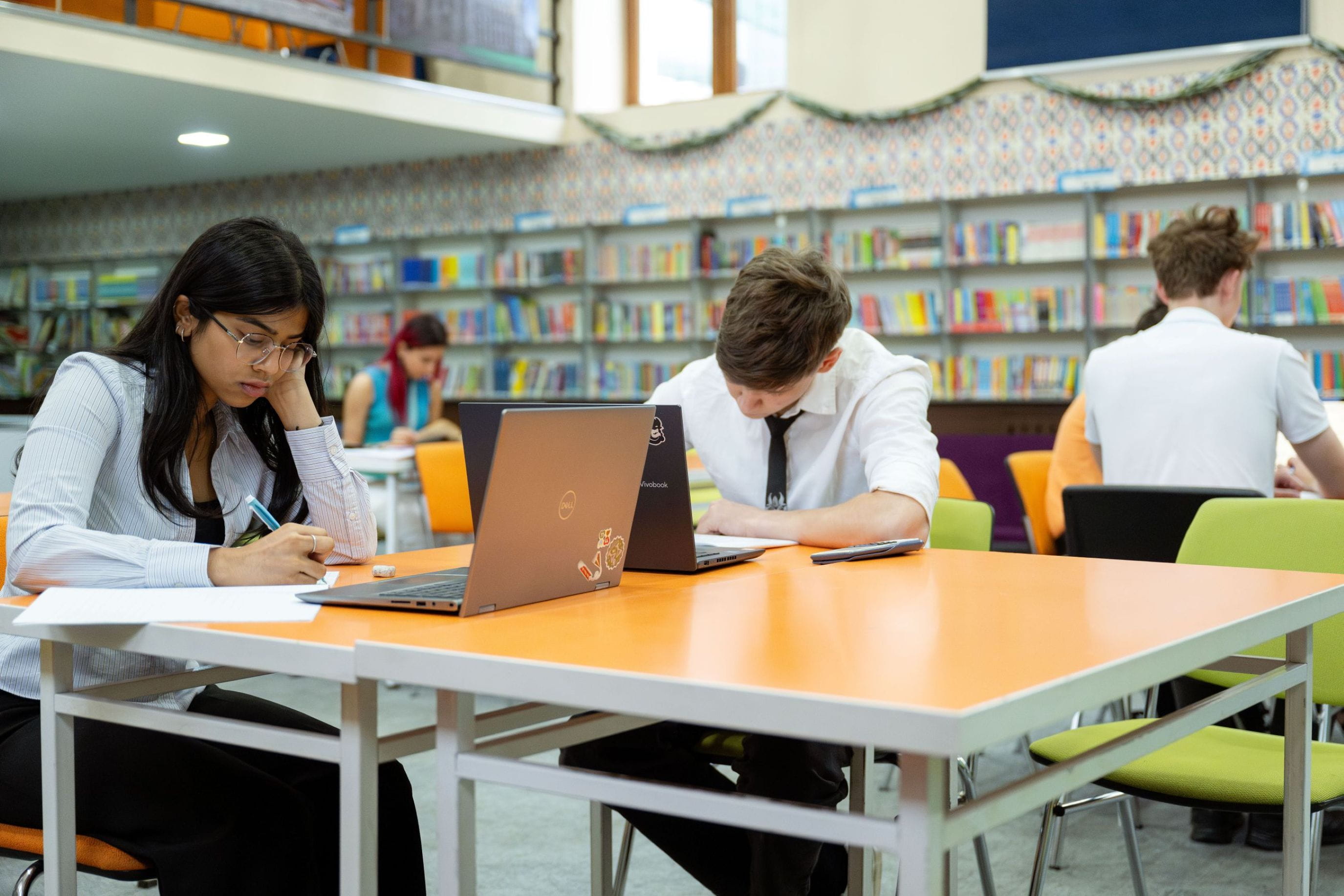
Most evidence highlights negative effects of excessive screen use: toddlers who exceed one hour per day tend to show weaker development of brain white-matter pathways linked to language and executive skills—even when family co-viewing is considered. More screen time also correlates with poorer sleep, vision problems, obesity, and behaviour issues.
Medical experts in India recently warned of rising rates of ADHD-like symptoms, cyber‑addiction, depression and suicidal thoughts tied to overuse, despite many children now averaging over four unsupervised hours per day.

Too much screen exposure in early childhood often replaces important activities—like face-to-face conversation, outdoor exploration, reading, and free play—that are essential for language development, attention, emotional regulation, and physical health. As children grow, screens can interfere with sleep and academic focus. Kids using media before bedtime may have delayed sleep onset due to blue light exposure, and those multitasking with devices often fall behind in school or miss assignments. Research also connects routine smartphone use before age 13 with lower self-esteem, higher exposure to online risks, and worsened mental health—especially for girls.
Infants: Avoid digital screens (except video calls). Instead, focus on real-world interaction and play.
Ages 2–5: No more than one hour per day of engaging, slower-paced educational media co-used with caregivers.
Ages 6 and up: Prioritize quality, not quantity—set consistent routines, keep devices out of bedrooms, and avoid screens at meals or before bedtime. Experts also recommend creating a Family Media Use Plan together—deciding on times, places, and rules for all household members to follow.

Families and schools can encourage healthy digital habits by modelling mindful screen behaviour, turning screens off during meals and bedtime hours, offering outdoor and creative play options, and using signed agreements or media contracts to set expectations. Promotional efforts and school coalitions—like those in south London urging device-free routines—are increasing. And recent guidelines emphasize that children don’t have to sacrifice connection or safety for less phone access; even messaging tools or family phones can support communication without full smartphone exposure.
Children thrive on active play, direct learning, emotional connection, and rest. Screens can serve educational and social purposes—but only when used deliberately and in balance. By fostering media literacy, setting thoughtful routines, and prioritizing real-world experiences, educators and families can help children flourish offline and online.